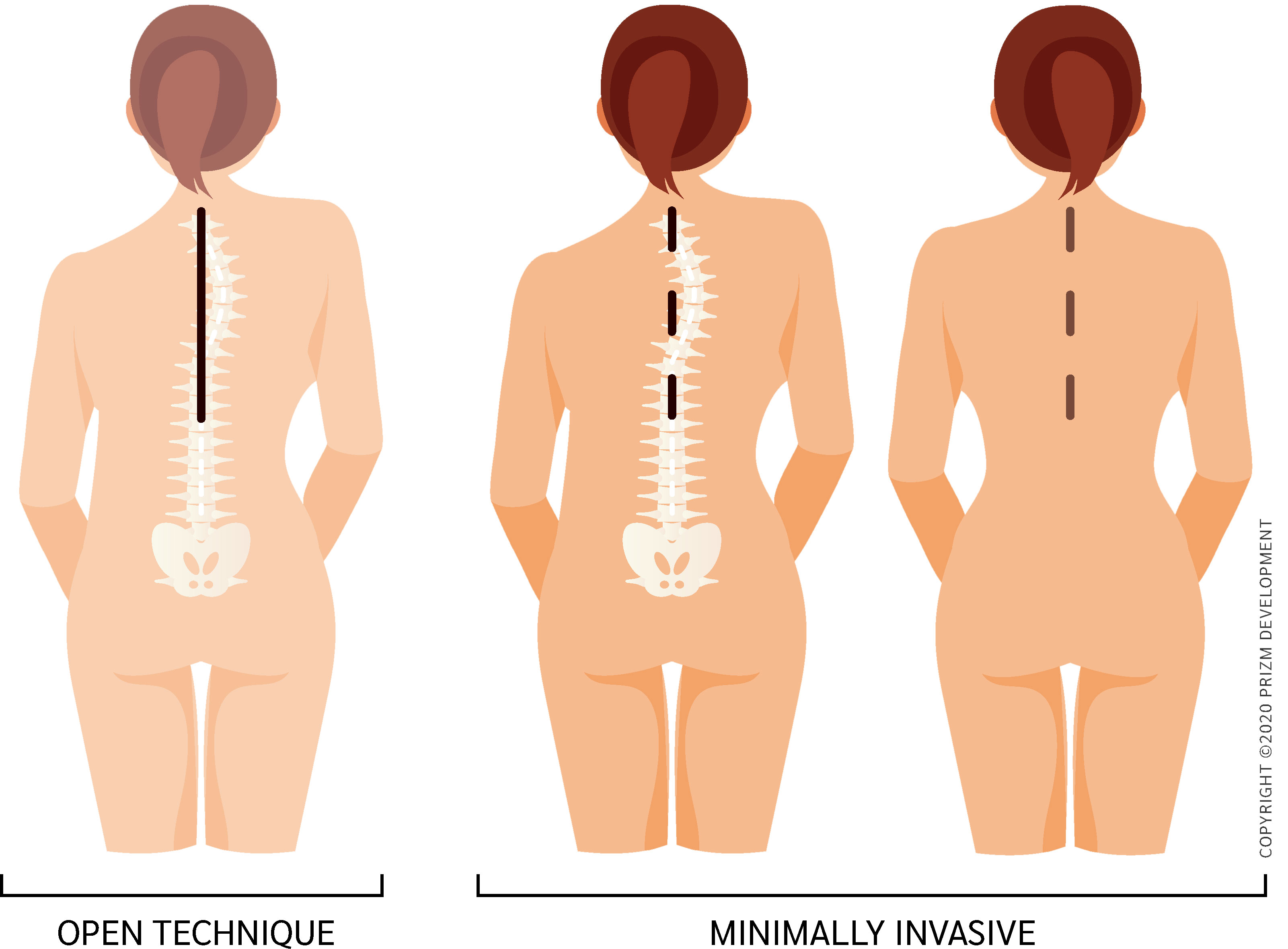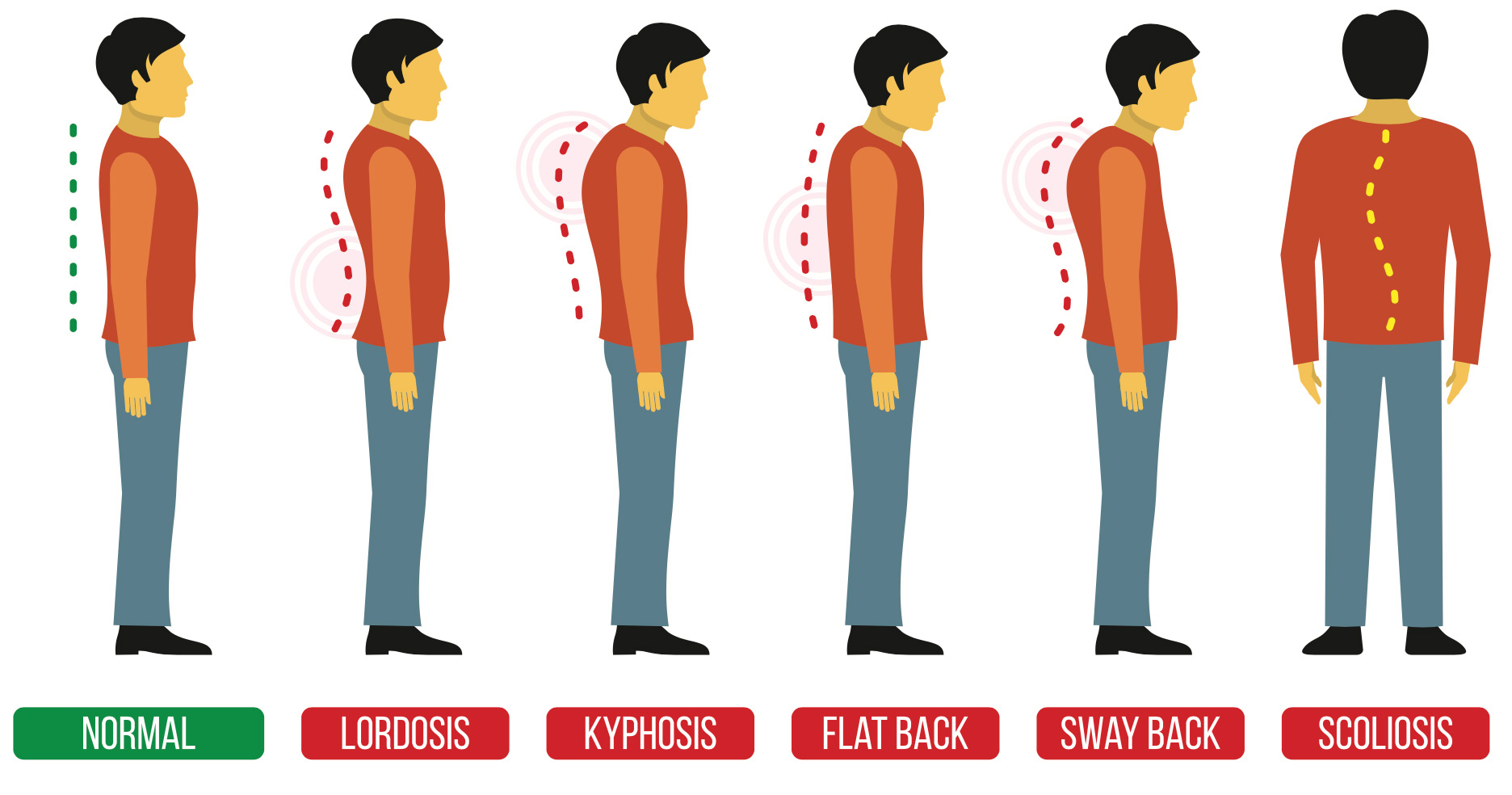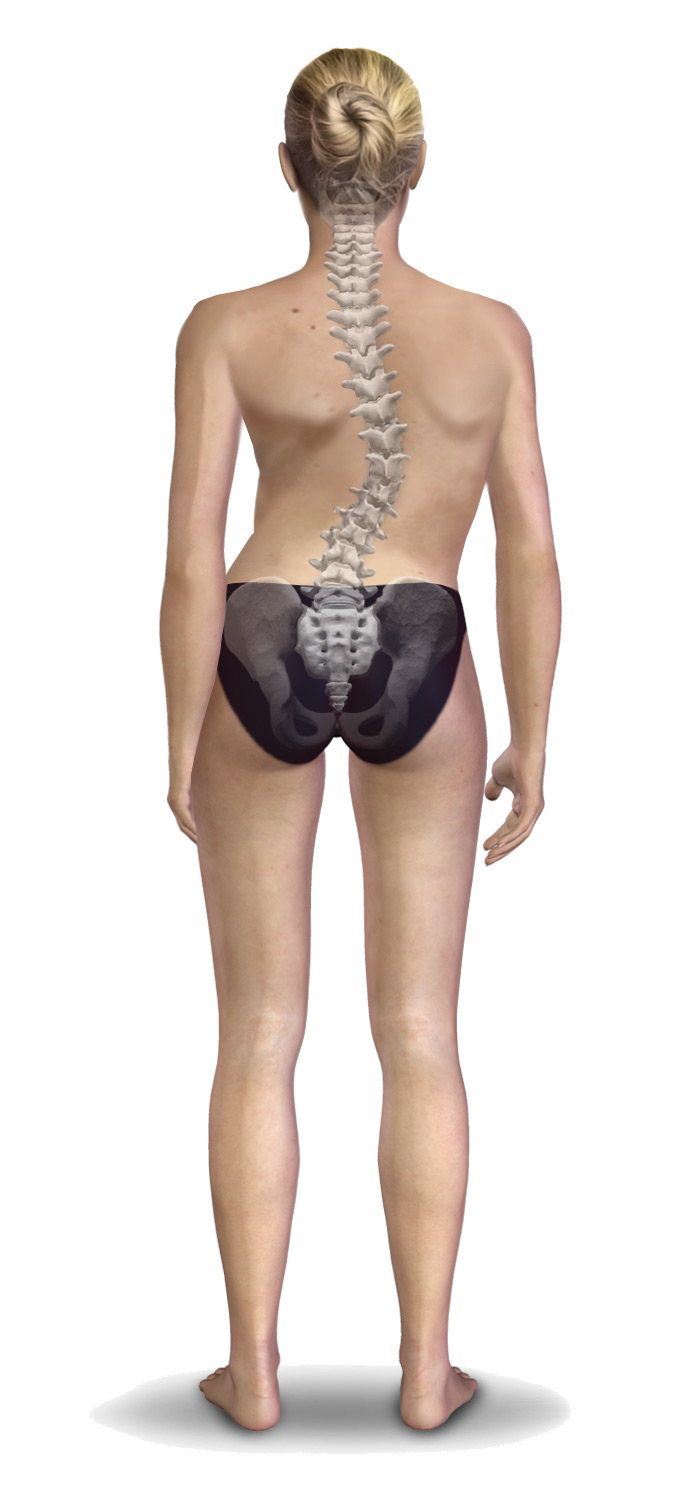What is Flatback Syndrome
A healthy spine has a natural spinal curve that requires minimum energy to stand or walk. When the spinal curve has been removed, the result is a condition called “Flatback Syndrome.”

Some of the symptoms of Flatback Syndrome include having trouble maintaining one’s posture, low back pain and upper leg pain. Since the person has trouble maintaining proper alignment, the symptoms can increase throughout the day causing extreme pain and fatigue.
Patients might also have upper back and neck pain due to constantly trying to realign themselves. With some people, the pain symptoms can result in dependency on painkilling drugs.
Flatback Syndrome was originally used to describe Harrington Rods recipients who had scoliosis correction during the 1960s up to 1990. The early technology used during this period involved using metal rods that were straight and were unable to mimic the natural curve of the lower back. This in turn caused the spine to flatten out. This unnatural spinal curve in turn would cause discs to herniate resulting in more pain symptoms.
Since that time, scoliosis research has produced far more advanced spinal instrumentation that untwists the scoliotic spine and achieves a more natural correction with the proper spinal curve.
Other conditions that may cause flatback syndrome include having a collapsed vertebrae. Arthritis can also contribute to flatback syndrome and cause inflammations in the spine, which may cause pain and stiffness.
Most patients with flatback syndrome will complain of pain while standing upright. If the doctor determines you might have flatback syndrome, he or she will order a full-length X-ray of the spine. An MRI or CT scan might also be taken to help the doctor better understand the health of the spine and discs.

Surgery to correct flatback syndrome
Patients diagnosed with Flatback Syndrome will initially be treated with an individualized physical therapy program and anti-inflammatory medication. If all non-surgical options have become exhausted, then surgery will be performed to remove the Harrington Rods, treat the herniated discs and to address other pain symptoms.
During flatback surgery, an incision is made in the back so the surgeon can access the vertebrae and install the necessary instrumentation, rods, hooks and screws. In some cases an anterior incision may be made to access the front of the spine.
Flatback surgery is based on a two-rod instrumentation system with hooks that attach to each vertebral level, to de-rotate and straighten the abnormal curve.
The instruments are left inside the body attached to the spine even after the spinal fusions heal to provide additional support.
After the surgery, the patient’s spine will appear much straighter. The surgical procedure may require a five-day hospital stay. Even after leaving the hospital, the patient will limit movement to allow the spine and incisions to heal.
After three months most patients can begin to return to most normal activities with the exception of any contact sports, or sports like skiing that could result in a fall or trauma.
Because the spine and spinal cord is being repositioned during surgery, paralysis is a real risk involved. Consequently, the patient should seek out a very experienced surgeon.
Harrington Rods & revision surgery
Harrington Rods date back to the 1960s. It was a stainless steel rod that was the precursor to current instruments. Harrington Rods were the most common system for scoliosis surgery for a couple decades. However, while the new instruments de-rotate and straighten the spine, Harrington Rods take a corkscrew-like spine and merely bend it straight without derotation. This has unfortunately become a problem for all those treated in that era with this now-obsolete system.
It is estimated that around one million people had Harrington Rods implanted over 30 years. And unfortunately, many people developed Flatback Syndrome as a result of this scoliosis system. Consequently, scoliosis surgeons today are busy doing revision surgery on the thousands of middle-aged scoliosis patients who need these obsolete rods replaced with new instrumentation.
Flatback syndrome: Treatment options
 A healthy spine has a natural spinal curve that requires minimum energy to stand or walk. When the spinal curve has been removed, the result is a condition called “Flatback Syndrome.”
A healthy spine has a natural spinal curve that requires minimum energy to stand or walk. When the spinal curve has been removed, the result is a condition called “Flatback Syndrome.”
Some of the symptoms of Flatback Syndrome include having trouble maintaining one’s posture, low back pain and upper leg pain. Since the person has trouble maintaining proper alignment, the symptoms can increase throughout the day causing extreme pain and fatigue.
Patients might also have upper back and neck pain due to constantly trying to realign themselves. With some people, the pain symptoms can result in dependency on painkilling drugs.
In some cases of Flatback Syndrome, the unnatural spinal curve can cause discs to herniate resulting in even more pain symptoms. Other conditions that may cause flatback syndrome include having a collapsed vertebrae. Arthritis can also contribute to flatback syndrome and cause inflammations in the spine, which may cause pain and stiffness. Most patients with flatback syndrome will complain of pain while standing upright.
Treatment starts with full-length X-rays of the spine. An MRI or CT scan might also be taken. If all non-surgical options fail to relieve symptoms, then surgery may be recommended to remove the Harrington Rods, treat the herniated discs and to address other pain symptoms. During surgery, the scoliosis surgeon replaces the old rods with new technology that provides a more correct curve that relieves symptoms.
The good news about scoliosis is that the vast majority of people diagnosed with scoliosis will often live normal, active and healthy lives.
